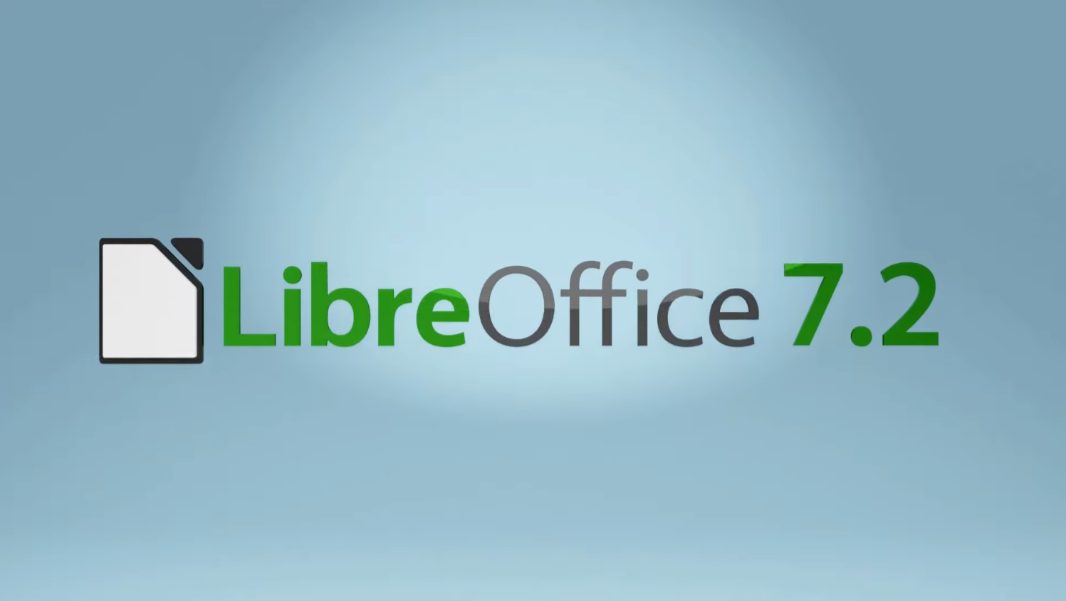LibreOffice 7.2 Arrives with Improved Microsoft Office Document Support
- Paul Thurrott
- Aug 20, 2021
-
15

The Document Foundation has announced the release of LibreOffice 7.2, the latest version of its free and open-source office productivity suite. Among the changes is a significant number of improvements related to interoperability proprietary Microsoft DOC, and DOCX, XLSX, and PPTX documents.
“LibreOffice 7.2 Community provides a large number of interoperability improvements with Microsoft’s proprietary file formats,” the announcement post reads. “In addition, LibreOffice 7.2 Community offers numerous performance improvements in handling large files, opening certain DOCX and XLSX files, managing font caching, and opening presentations and drawings that contain large images.”
Windows Intelligence In Your Inbox
Sign up for our new free newsletter to get three time-saving tips each Friday — and get free copies of Paul Thurrott's Windows 11 and Windows 10 Field Guides (normally $9.99) as a special welcome gift!
"*" indicates required fields
As noted, LibreOffice 7.2 offers “a significant number of improvements to interoperability with legacy DOC files, and [with] DOCX, XLSX, and PPTX documents.” LibreOffice still defaults to OpenDocument format documents, which it described as “a true open standard format.” It also features performance improvements, in particular with using large files, and it is now available natively for Apple Silicon-based Macs.
You can learn more about the new features on YouTube. And you can download LibreOffice 7.2 Community for free from the LibreOffice website.
Tagged with
Conversation 15 comments
-
dennisblondelldecker
<p>On one hand it is truly impressive that this office suite has managed to do this much, and I have used it to open old documents with success more than once, but on the other hand after more than 20 years it still cannot render and show an office document in the same way as the original office software from Microsoft.</p>